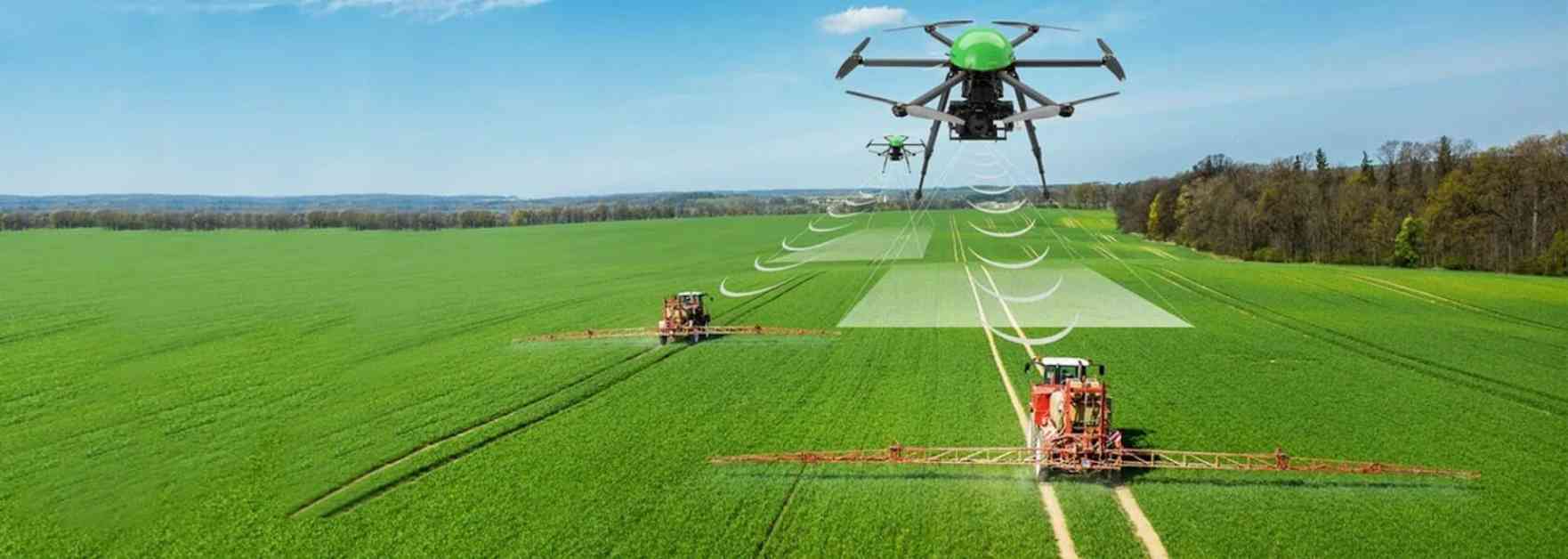Revolutionizing Agriculture with Drones: Enhancing Field Mapping and Planning for Efficient Land Use
In recent years, the agricultural industry has experienced a significant transformation with the integration of technology into farming practices. One of the most groundbreaking advancements in this domain is the use of agriculture drones. These unmanned aerial vehicles have revolutionized how farmers map their fields and plan for effective land use and crop rotation, leading to increased efficiency and sustainability in farming operations.
The Importance of Field Mapping in Modern Agriculture
Field mapping plays a crucial role in modern agriculture by providing farmers with detailed maps that illustrate various aspects of their farmland. This includes topography, soil type, moisture levels, and existing crops. Armed with this information, farmers can make informed decisions about planting, irrigation, fertilization, and pest management. Effective field mapping allows farmers to identify specific areas that require attention and optimize resource allocation, ultimately leading to improved yields and reduced costs.
Accurate field mapping offers a myriad of benefits to farmers, including enhanced visualization, improved crop planning, recognition of patterns, precision agriculture, informed resource allocation, increased yields, and risk mitigation. By leveraging accurate field mapping data, farmers can adapt their strategies based on historical data, environmental conditions, and soil types, ultimately improving farming efficiency and sustainability.
How Agriculture Drones Facilitate Effective Field Mapping and Planning
Agriculture drones have transformed field mapping by providing farmers with accurate, efficient, and cost-effective solutions. Equipped with advanced sensors and cameras, these drones enable detailed mapping, analysis, and decision-making. Here are some ways in which agriculture drones enhance field mapping:
1. High-Resolution Imaging
Agriculture drones, such as Talos Drones, capture high-resolution images of farmland using specialized cameras that deliver exceptional clarity and detail. This technology enables farmers to visualize various aspects of their fields, including crop health, soil quality, and irrigation needs. With high-resolution imaging, farmers can accurately assess the condition of their land and identify areas that require attention. This precise mapping capability ensures that farmers make informed decisions, ultimately enhancing productivity and efficiency in their operations.
2. Multispectral and Thermal Imaging
Drones equipped with multispectral and thermal sensors capture data beyond visible light. Multispectral imaging assesses crop health by measuring reflectance across various wavelengths, while thermal imaging detects temperature variations in the field. These imaging techniques help farmers understand irrigation issues and monitor crop stress effectively.
3. Efficient Data Collection
Traditional field mapping methods can be labor-intensive and time-consuming. Agriculture drones significantly enhance efficiency by covering large areas quickly, allowing for rapid data collection. Frequent flyovers provide farmers with up-to-date information, enabling them to adapt management practices and reduce labor costs in the process.
4. Accurate Field Mapping and Analysis
Drones with GPS technology create georeferenced maps that detail elevation, contours, and field boundaries. This accurate mapping enables farmers to analyze land effectively, identifying variations such as soil types and moisture levels. By utilizing mapping software, farmers can make informed decisions on crop rotation and resource allocation.
How Drones Aid in Agricultural Land Use Planning
Agriculture drones play a vital role in aiding farmers with agricultural land use planning by providing essential insights into their land, facilitating better management and optimization of resources. Here’s how drones aid in this process:
1. Optimizing Crop Rotation Strategies
Crop rotation is crucial for maintaining soil health and optimizing yields, but determining the best rotation schedule can be complex. Agriculture drones provide essential insights into crop performance across various field areas. By analyzing drone imagery, farmers can see which crops thrive or struggle, enabling them to adjust their rotation plans for healthier, more productive farming.
2. Assessing Soil Health and Fertility
Soil health is vital for successful farming, and drones can significantly enhance soil assessments. They gather data on moisture levels, organic matter, and nutrient availability, helping farmers identify areas needing attention. This insight allows for targeted interventions, promoting sustainable practices while minimizing reliance on synthetic inputs and maximizing crop productivity.
Enhancing Planning Processes with Drones
Before planting, farmers conduct field assessments, and agriculture drones simplify this by providing aerial views and detailed data on field conditions. This information helps identify potential challenges, such as pest infestations or flooding risks, allowing farmers to proactively address issues and adjust planting strategies, ultimately enhancing efficiency.
Post-harvest analysis is important for improving land use and crop rotation. Drones provide insights into crop performance and field health after harvest. By analyzing imagery, farmers can evaluate which crops thrived or struggled, informing future planting decisions and refining their crop rotation strategies for continuous improvement.
Conclusion
In conclusion, agriculture drones have become invaluable tools for farmers looking to enhance field mapping and planning for efficient land use and crop rotation. By utilizing the high-resolution imagery and data analysis capabilities offered by drones, farmers can make informed decisions that lead to improved yields and resource management. Adopting agriculture drones is a forward-thinking approach that not only maximizes productivity but also fosters sustainable practices in modern farming.
